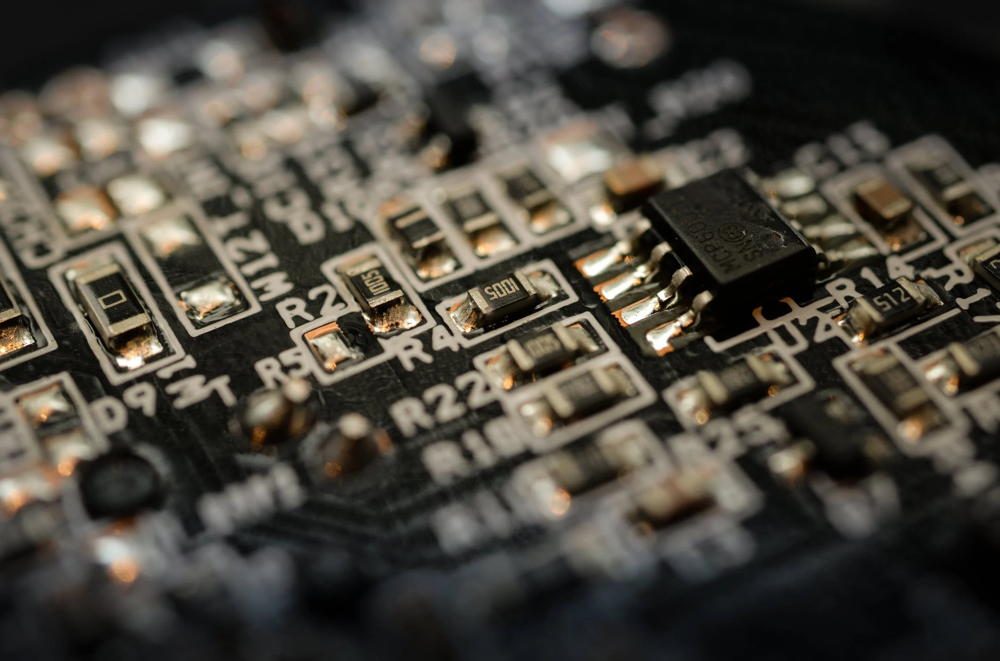Nvidia Builds ‘Grace’ CPU-Powered Supercomputer

Nvidia, known for GPUs, scores with for new Grace CPU in University of Bristol’s Isambard 3 supercomputer, to be built with HP Enterprise
Nvidia has said it is building a supercomputer with the University of Bristol based on its Arm-based Grace CPU, in a new win for the chip that puts Nvidia into direct competition with Intel and AMD.
The company said the Isambard 3 system is to achieve about 2.7 petaflops of FP64 peak performance while consuming less than 270 kilowatts of power, making it one of the world’s top three greenest non-accelerated supercomputers.
The project is led by the University of Bristol as part of the GW4 Alliance research project, of which the universities of Bath, Cardiff and Exeter are also a part.
Nvidia is best-known for its graphics processing units, which are widely used as accelerators in supercomputing and are particularly prized for their ability to speed up artificial intelligence workloads.

Arm-based CPU
OpenAI’s ChatGPT, for instance, was trained using thousands of Nvidia GPUs, while systems featuring Nvidia GPUs feature at the Swiss National Supercomputing Centre and the US’ Los Alamos National Laboratory, amongst others.
But such high-performance systems are generally built using CPUs from Intel and AMD.
By contrast the Isambard 3 system is built using Nvidia’s own Grace CPU, introduced earlier this year, and includes no GPUs.
The Isambard 3 system is being built in collaboration with HP Enterprise, Nvidia said at a supercomputing conference in Germany on Monday.
‘Energy-efficient supercomputing’
“Nvidia is working alongside the Arm Neoverse ecosystem to provide a path forward for the creation of more energy-efficient supercomputing centres, driving important breakthroughs in scientific and industrial research,” said Nvidia vice president of hyperscale and HPC Ian Buck.
After the system goes into production in spring 2024 it is expected to be used for research into areas such as AI, life sciences, medical, astrophysics and biotech, the company said.